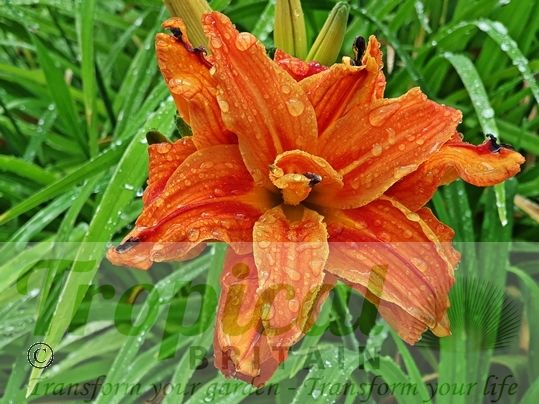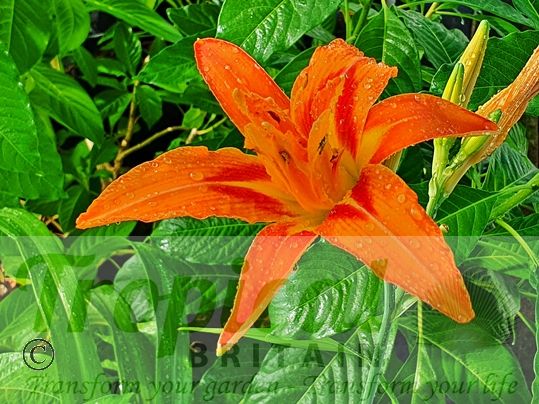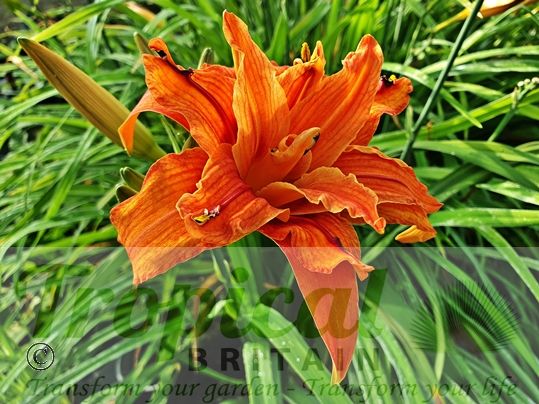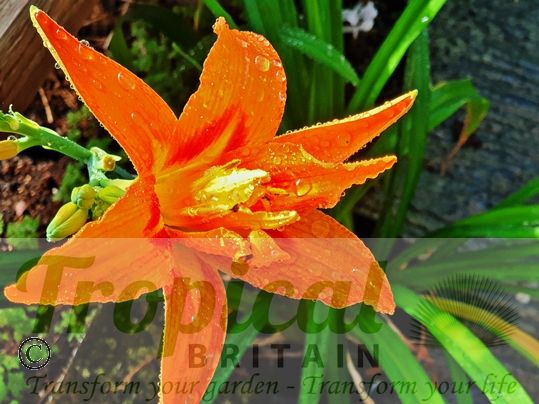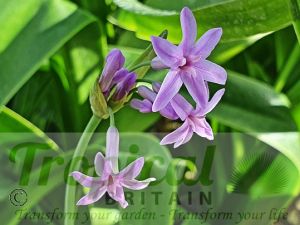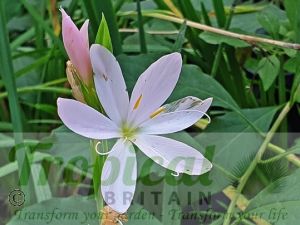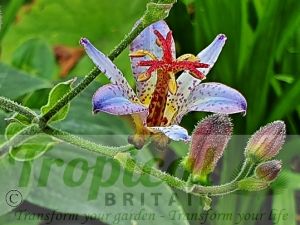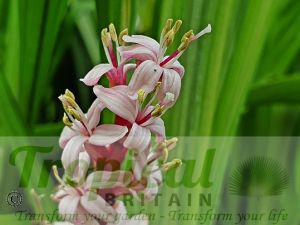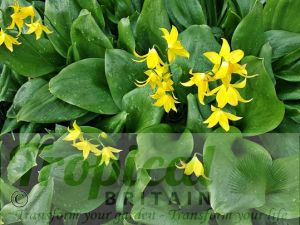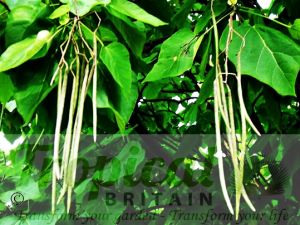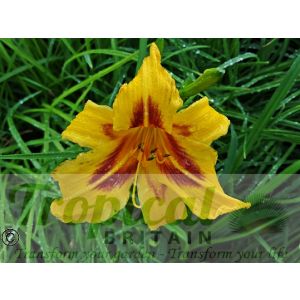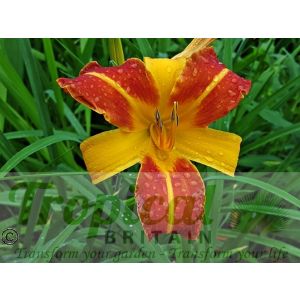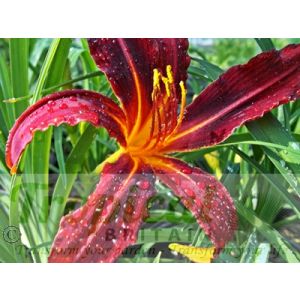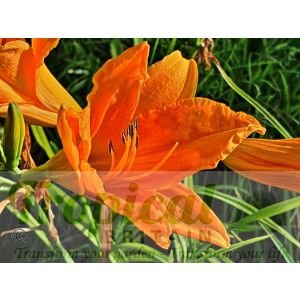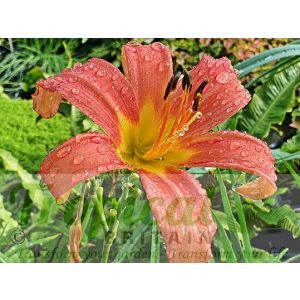- Buy 2 for £9.50 each and save 5%
Hemerocallis fulva 'Flore Pleno' is a tough, robust, naturally-occurring double form of Hemerocallis fulva, the Tawny or Tiger Daylily whose species range extends from the Caucasus mountains and southeast Russia through temperate Asia to the Pacific growing at elevations of 300-2500 metres above sea level. The flowers are large and are a vibrant orange with darker markings and striations, sometimes tawny sometimes vermilion or almost red - particularly around the centre - giving a 'tiger' look. As with many Hemerocallis there is a paler medial striation. The blooms have the typical petaloid stamens of infertile triploid forms. These blooms can be very variable in form which has led to confusion among both botanists and gardeners. Some flowers are double, some appear seemingly triple, yet others - when they first appear early in the morning - have a star-like almost single form with only the semi-fused petaloid stamens projecting out in the centre to indicate their 'full-flowered' nature. Eduard August von Regel, during his time at the Imperial Botanic Gardens in St. Petersburg, described no fewer than four synonyms: Hemerocallis disticha var. kwanso, Hemerocallis fulva var. kwanso, Hemerocallis fulva f. kwanso and Hemerocallis kwanso thus starting a debate - now in its third century - as to the 'differences' between Hemerocallis fulva 'Kwanso' and Hemerocallis fulva 'Flore Pleno'. I have nothing to add to this debate other than to say that all the very different looking photographs of Hemerocallis fulva 'Flore Pleno' in this Tropical Britain listing are taken from exactly the same plant!
Hemerocallis fulva 'Flore Pleno' is a vigorous Daylily and soon forms a large clump, growing ever-larger from its constantly exploring stolons. Despite its rampant intentions and its taxonomic confusion, Hemerocallis fulva 'Flore Pleno' is an absolute stonker of a Daylily that for sheer size and vibrancy of colour has few rivals amongst the many thousands of horticultural hybrids.
The flowers are edible and are rather good fried in batter.
Additional Information
| Order | Asparagales |
|---|---|
| Family | Xanthorrhoeaceae |
| Sub-Family | Hemerocallidoideae |
| Synonyms | Gloriosa luxurians, Hemerocallis crocea, Hemerocallis disticha var. kwanso, Hemerocallis flava, Hemerocallis fulva var. fulva, Hemerocallis fulva var. kwanso, Hemerocallis fulva f. kwanso, Hemerocallis fulva var. maculata, Hemerocallis fulva var. oppositibracteata, Hemerocallis fulva var. rosea, Hemerocallis kwanso, Hemerocallis lilioasphodelus var. fulva, Hemerocallis maculata |
| Geographical Origin | Naturally ocurring cultivar - type species from Eastern Europe across to temperate Asia |
| Cultivation | Full Sun. Moist rich soil. Water well throughout summer. Potassium-based liquid feed during the growing season. Divide regularly |
| Eventual Height | 135 cm (height of flowering scape) |
| Eventual Spread | 100 cm |
| Hardiness | Herbaceous perennial. Fully hardy. Dormant in winter. The foliage appears again in early spring |
- Buy 2 for £9.50 each and save 5%

Free DELIVERY
ON ALL ORDERS OVER £99THIS OFFER IS VALID ON ALL OUR STORE ITEMS.

